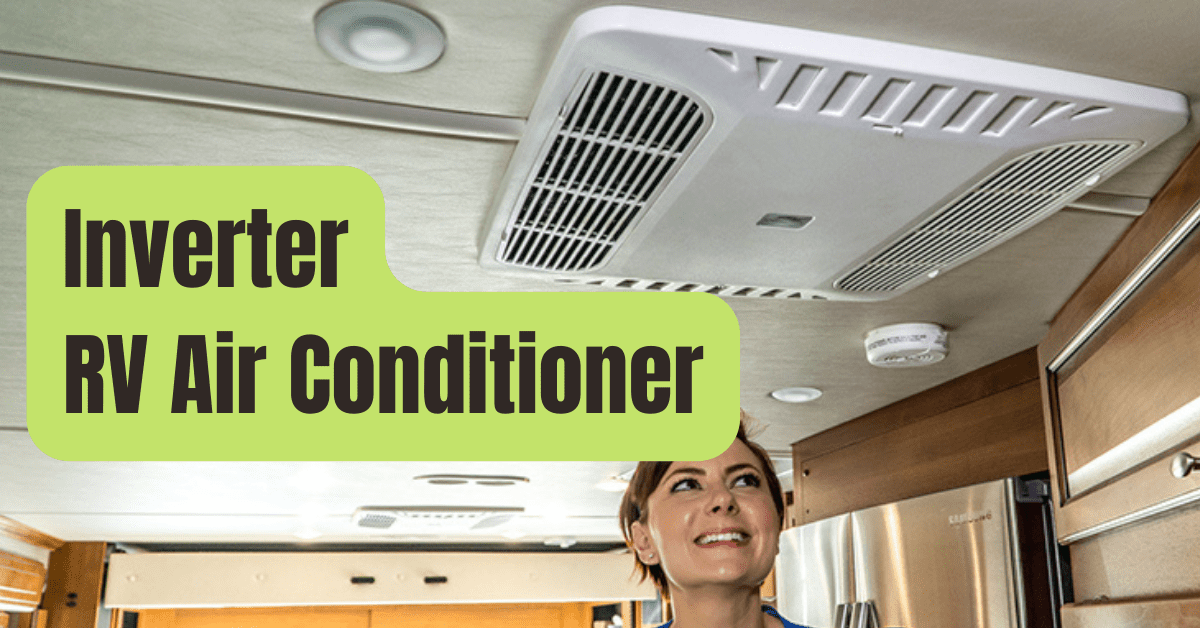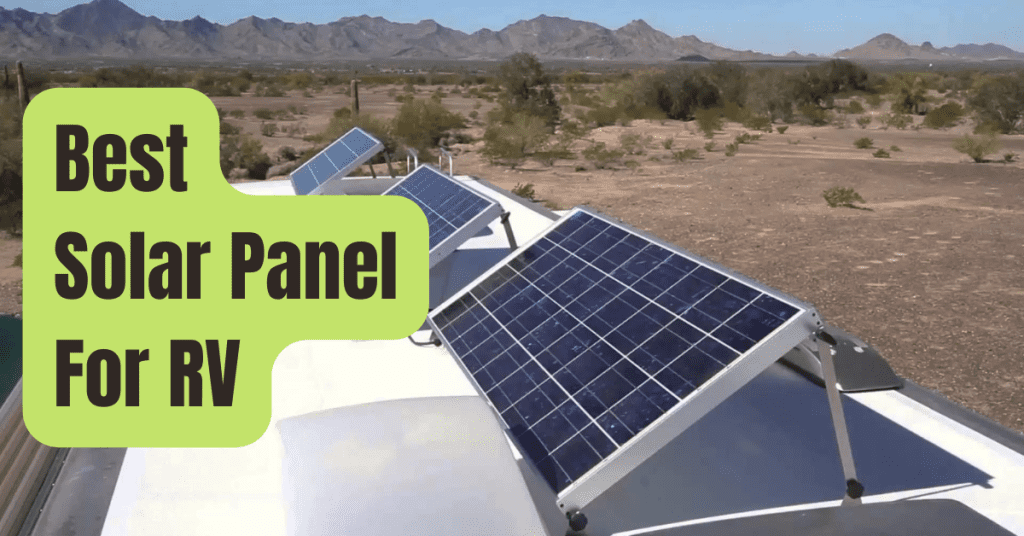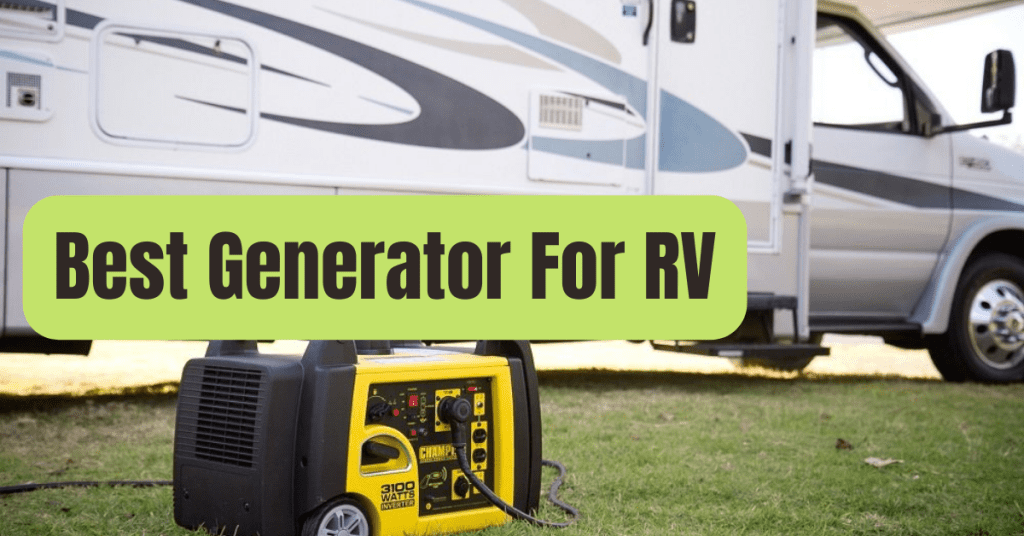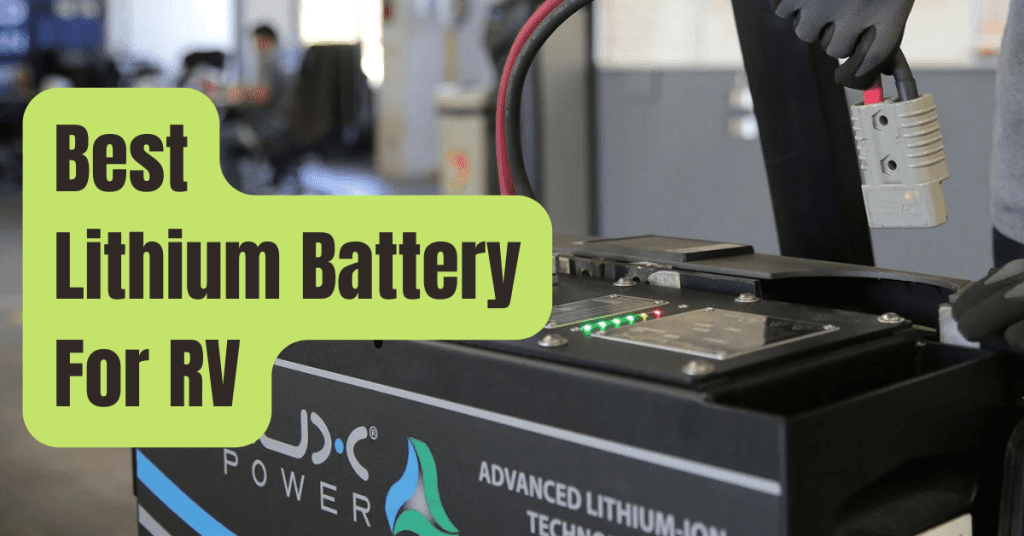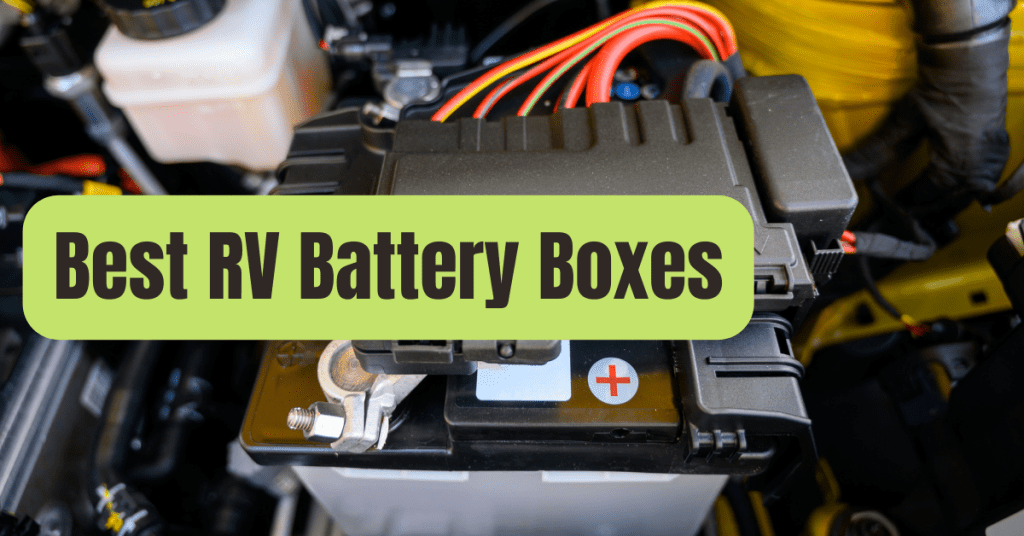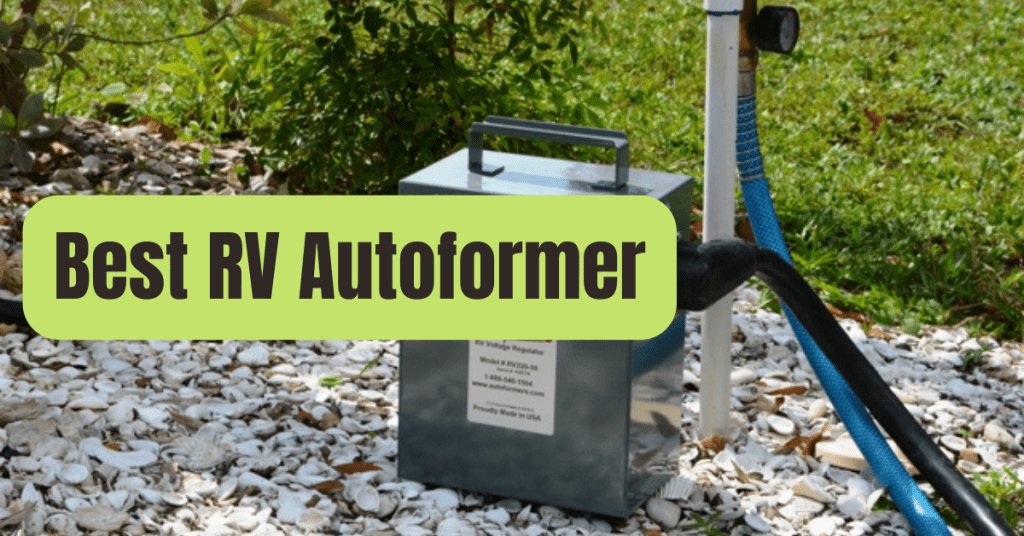The inverter is one of the essential elements of a solar installation.
Incorrect sizing will have a detrimental impact on the inverter itself, the air conditioner (and other appliances), and your level of comfort.
In this post, I’ll outline the essential criteria to take into account when sizing an inverter and demonstrate how to match these criteria to the requirements of your RV air conditioner.
Important Characteristics To Look For In An Inverter
When choosing an inverter for your RV air conditioner, these three crucial factors should be taken into consideration:
#1. Constant Power
This is the inverter’s primary rating (in Watts), and it indicates how much power it can reliably provide to your air conditioner and other appliances.
For instance, this inverter from Renogy has a 3000 Watt rating, which indicates it can constantly produce up to 3000 Watts.
Make sure the continuous power rating of the inverter you choose is more than the operating power of your air conditioner.
In order to prevent failure, the inverter should be able to provide your air conditioner’s operating wattage comfortably.
#2. Rapid Power
This is the inverter’s highest instantaneous power output, which is also measured in Watts.
When scaling an inverter for loads like air conditioners and refrigerators that need a significant amount of start-up power, this statistic is helpful.
An inverter can manage that much power for a brief period of time and often has a surge power that is twice its continuous power.
For instance, this 3000W Renogy inverter has a 6000 Watt surge power.
However, some inverters are better than others in handling surge power.
For instance, the manufacturer claims that this 3000 Watt inverter from AIMS has a surge power rating of 9000 Watts, which it can withstand for up to 20 seconds.
In any event, the inverter you choose ought to be able to manage the air conditioners’ start-up power.
(More below about it)
#3. Incoming Voltage
The function of an inverter is to transform low voltage (12, 24, or 48 Volts) DC electricity into higher voltage (120 Volts) AC power.
Your batteries’ terminals serve as the inverter’s input, and its output is either the main panel of your RV or the air conditioner itself.
The manufacturer specifies the input voltage that the inverter can handle.
For instance, the inverters previously stated were only made for a 12 Volt battery system.
However, there are certain inverters available that can operate with both 24 and 48 Volt setups.
For instance, the input voltage of this 2000W GIANDEL inverter is 24V.
Therefore, before making a purchase, check sure the input voltage of the inverter fits the voltage configuration of your battery bank.
Let’s now look at how you may use the information at your disposal to choose the ideal inverter for your system.
What Size Inverter Is Needed To Power An RV’s Air Conditioning?
The usual roof air conditioner for an RV is rated at 13500 or 15000 BTUs; while in use, these air conditioners normally use 1300–1600 Watts.
These ACs may, however, temporarily use up to 7500 Watts when they are beginning.
The inverter’s rated power must be between 3000 and 4000 Watts in order to effectively power an RV air conditioner.
However, you would only need 2000 Watts of inverter power if you used a soft starting mechanism.
You must provide the following information in order to size the inverter properly:
- How much electricity does your air conditioner use while it’s on?
- How much electricity does your air conditioner use when it first turns on?
How Much Electricity Does Your RV’s Air Conditioning Consume While It’s Running?
As previously indicated, an RV air conditioner typically has a rating of either 13500 or 15000 BTUs.
These air conditioners normally have an Energy Efficiency Ratio (EER) of 10, which means a 13500 BTU air conditioner will typically draw 1350 Watts and a 15000 BTU air conditioner would typically draw 1500 Watts.
In essence, your air conditioner will use more electricity the higher its BTU rating.
An electrical use monitor is the most accurate tool for measuring this power consumption.
How Much Electricity Does Your RV’s Air Conditioner Take To Start?
A typical RV air conditioner may draw up to 7500 Watts during startup since the initial wattage of an air conditioner is typically 4 to 6 times its operating wattage.
Your air conditioner won’t turn on at all if your inverter is not designed to handle this type of surge power.
This is due to the fact that the compressor in your air conditioner needs a significant amount of current to start.
This current is known as Locked Rotor Amperage, or LRA, and you can use it to determine the air conditioner’s surge power and, therefore, the appropriate size for your inverter.
The LRA of your AC may be found on the compressor itself or on the specification sheet, which is often attached to the side of your AC unit on the roof.
For illustration, the 13500 BTU AC unit’s specification sheet is as follows:

The LRA of the compressor, according to the manufacturer, is 63 Amps.
The start-up wattage of this AC unit may be determined using the LRA:
Start-up Wattage (Watts) = Voltage (Volts) x LRA (Amps)
Start-up Wattage (Watts) = 115 Volts x 63 Amps
Start-up Wattage (Watts) = 7245 Watts
When this air conditioner is switched on, the surge wattage may not always exceed 7245 Watts, but the inverter that may power this AC should be scaled appropriately.
Additionally, it is crucial to remember that the inverter has to be a Pure Sine Wave inverter (as opposed to a Modified Sine Wave inverter).
A suitable option for this specific AC unit would be something like the 4000W inverter from GIANDEL.
The constant power rating of this inverter is 4000 Watts, while the surge power rating is 8000 Watts.
There is a method to avoid needing a large inverter, however.
Your air conditioner’s start-up power may be decreased by up to 70% by employing a soft starter.
The definition of a soft starter and how it may help you minimize the size of the inverter needed to operate your air conditioner are covered in the next section.
How To Start Your RV Air Conditioner With A Gentle Starter
An air conditioner’s compressor, which is basically a motor, is its beating heart.
In order to attain their nominal speed, motors often need a large quantity of power (inrush current).
This inrush current is 4 to 6 times the average current in the case of air conditioners.
It is possible to lower the 60 or so amps that are typically required to start a 13500–15000 BTU air conditioner to 18–30 amps by using a soft starter to control this inrush current.
The air conditioner will function more smoothly as a consequence, extending its lifetime and lowering the strain on the inverter (and the whole system for that matter).
This is particularly true if you want to power every gadget you own with a single inverter.
For instance, it is extremely likely that the inverter would eventually fail if you use it to power both the AC and a refrigerator.
Furthermore, not all campgrounds have 50 Amp shore electricity.
Your air conditioner probably won’t be able to start if your batteries are dead and all you have is a 30 Amp supply.
These problems may be resolved with a soft starter like the EasyStart by Microair or the SoftstartRV by NetworkRV.
The installation of these devices is shown in the following video:
Share information—free! it’s

